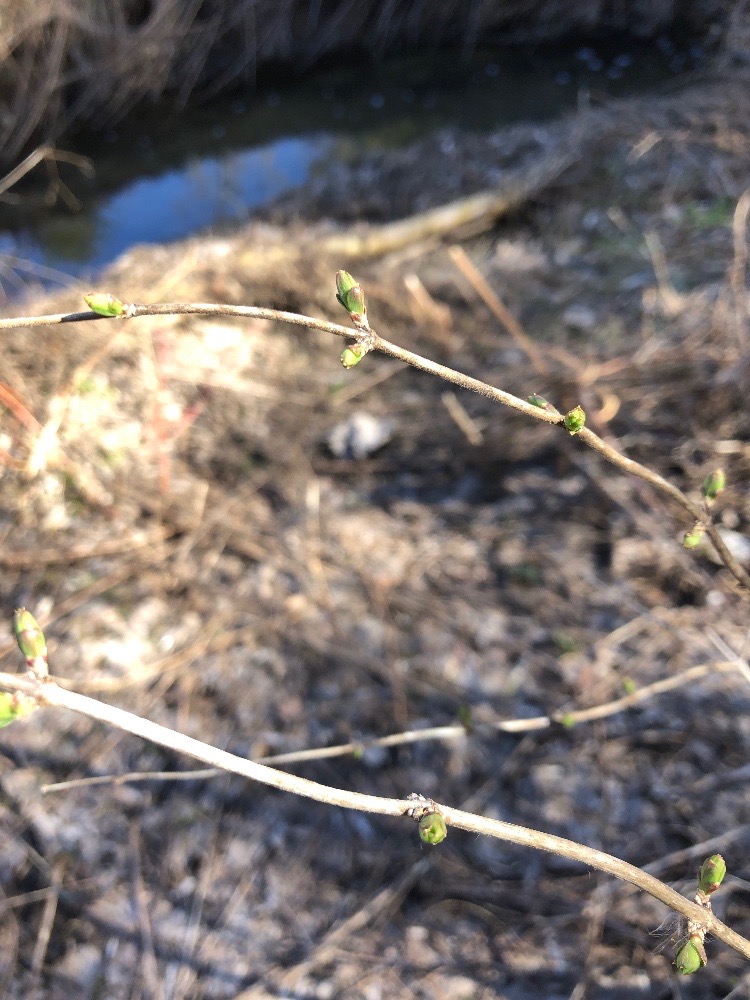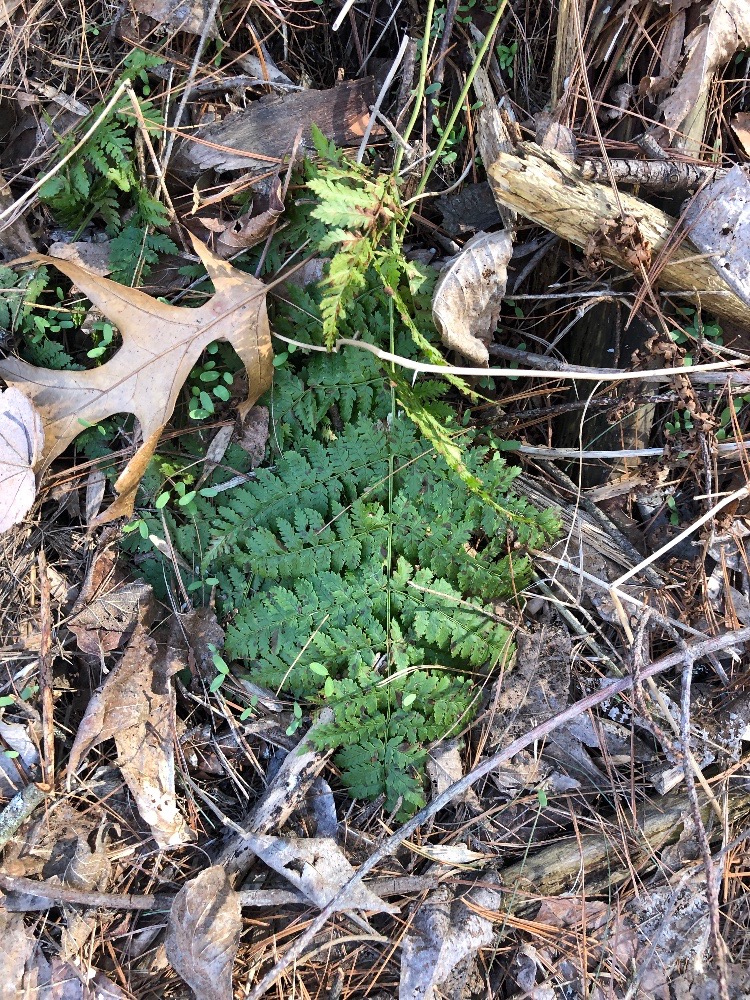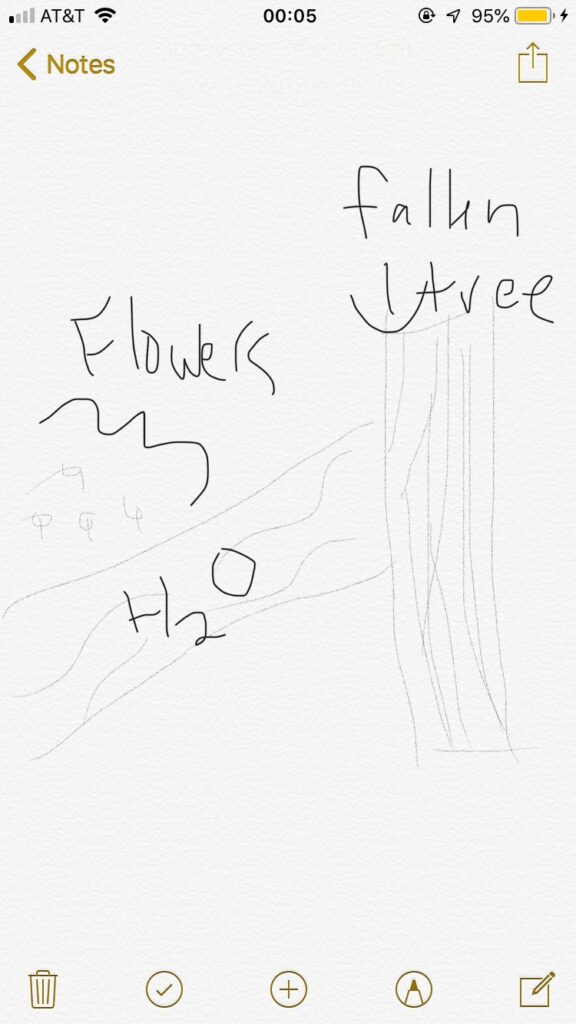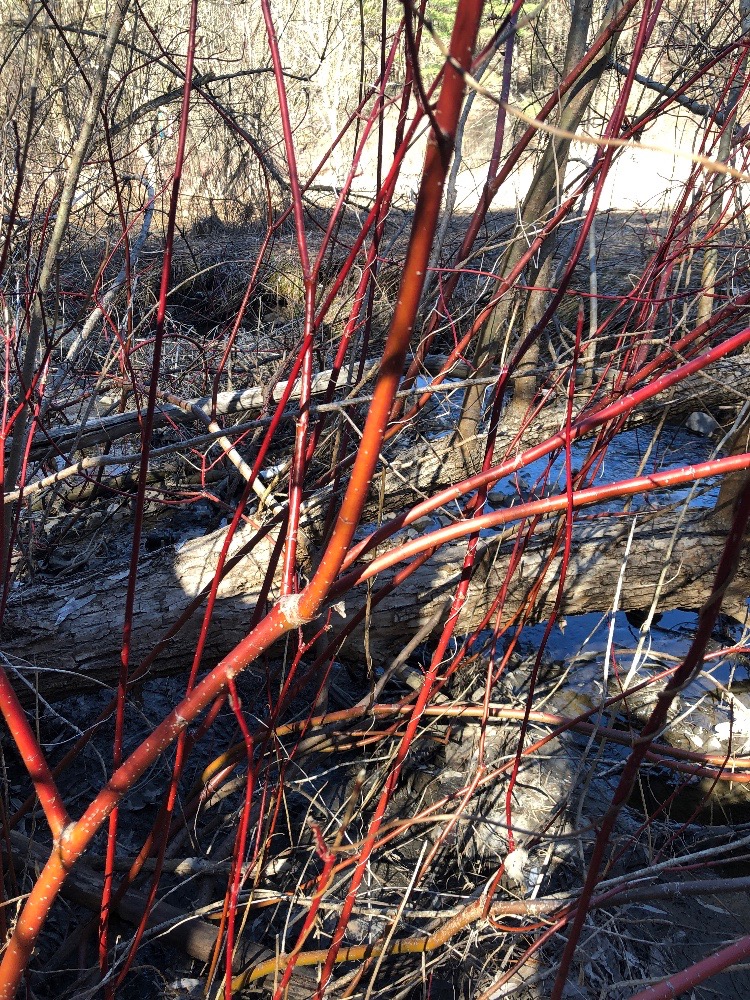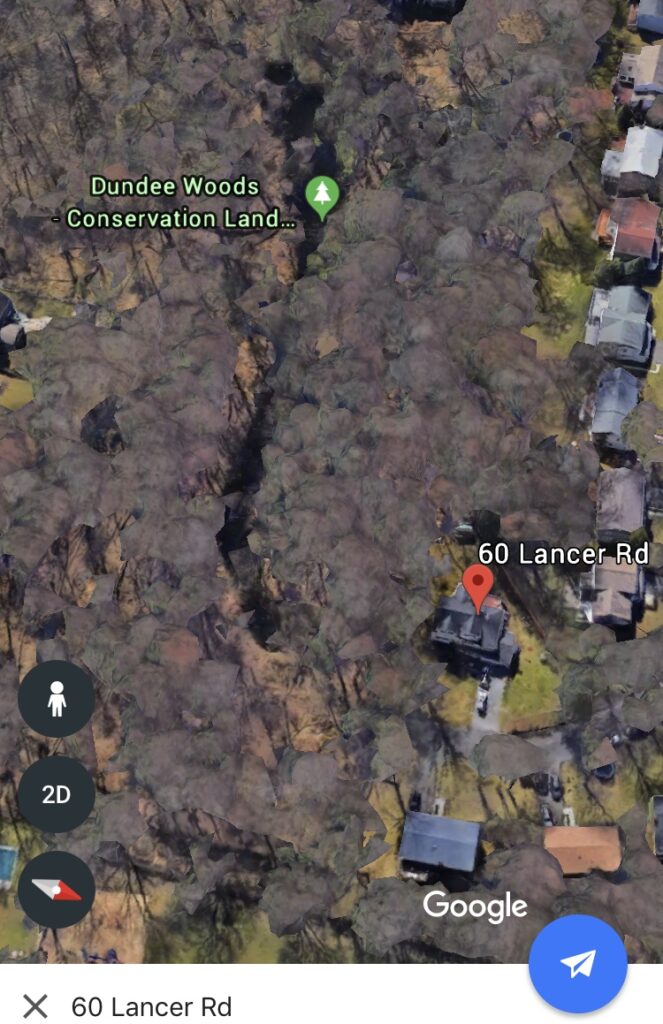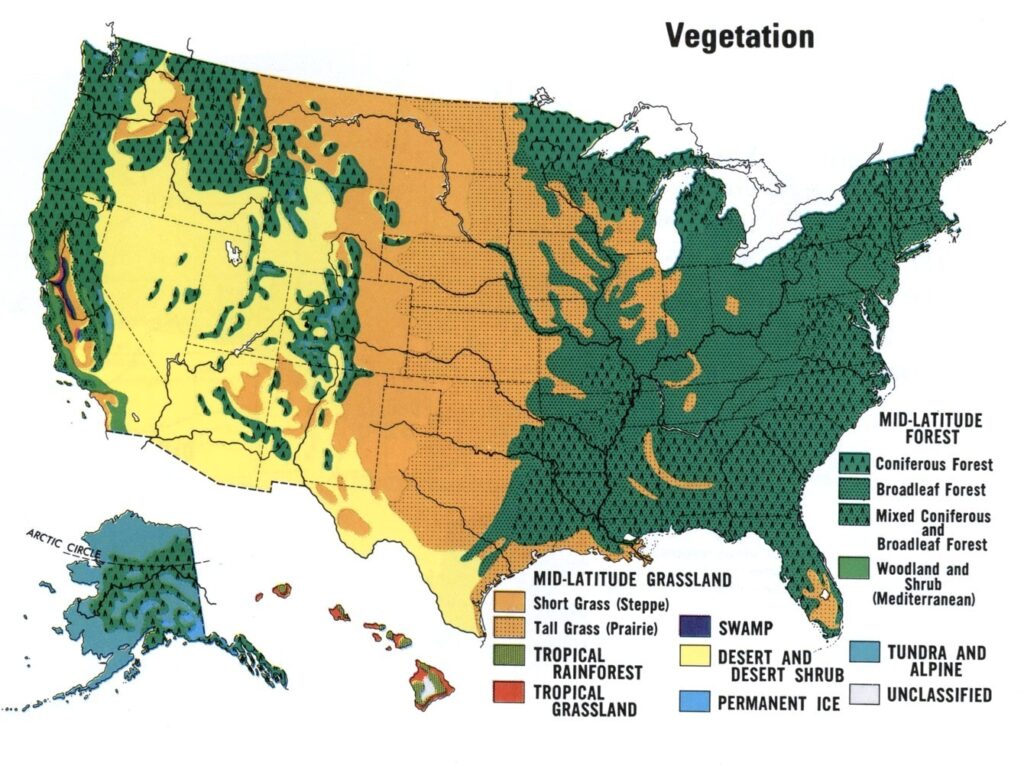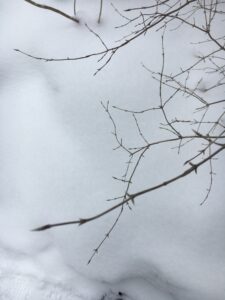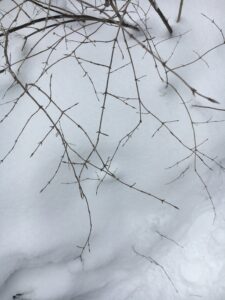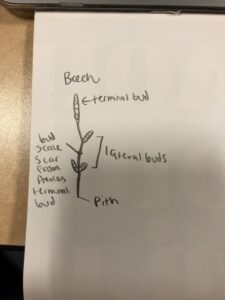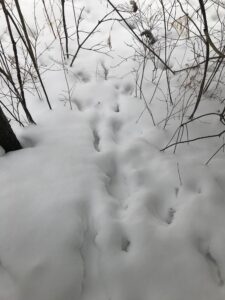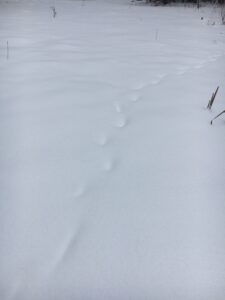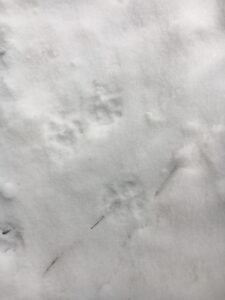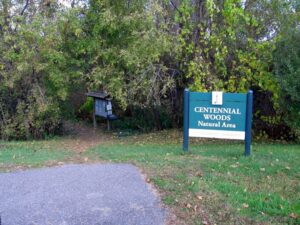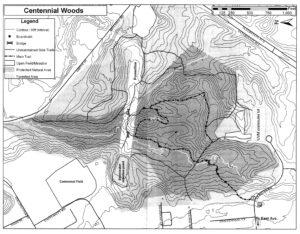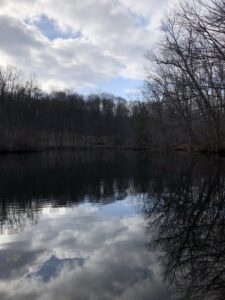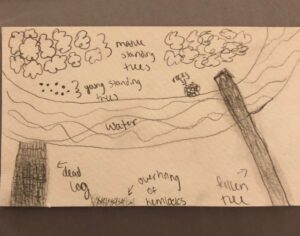Nature and culture are definitely intertwined here in Centennial. As I’ve noted before, tons of people hike here and walk their pets through the woods. I know it’s definitely become a part of my culture, I have friends who also have their phenology spots in Centennial and we’ll all just get together and walk through for a few hours. It’s really cool to visit each other’s locations and be immersed in nature.
In December we learned about having a sense of place, and why it was crucial for us as humans to have that. I don’t think I fully grasped the concept when it was introduced, because now after having visited the same place all year I can genuinely feel like I have a sense of comfort and belonging there.
By now I do consider myself to be a part of this spot. Being with it all year I was able to watch it change through the seasons and different weather. I also feel like I’ve emotionally connected to it here. It’s funny because in the fall I had to take NR15: Ecology of Place, and one of the first places we went was to Centennial, and I also stopped by now in May to gather my closing thoughts.
I started and ended my freshman year of college in these woods, and regardless of whether or not I’m considered to be part of this place, this place will always be a part of me.


